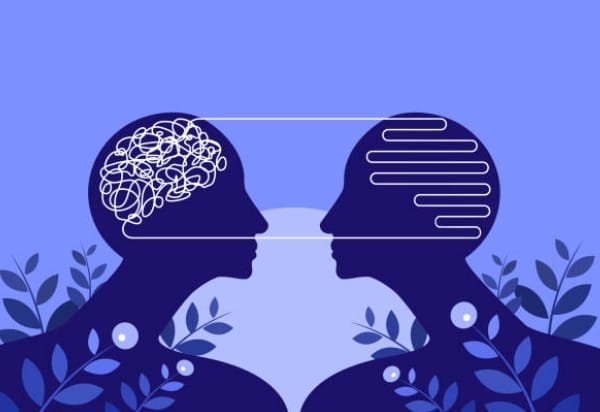Neuroplasticity Part One – What Exactly Is It?
Neuroplasticity And Your Magic Mind
Our brains are а mysterious and magnificent operating system and possess a high number of amazing qualities. The amazingness of our brains is most prominent and obvious during childhood. We go from a cute blob of meat to being able to walk, run, talk, and think abstractly.
This is thanks to neuroplasticity. The brain before 25 is a plasticity machine. It strengthens all the needed connections and mostly discards the ones you don’t need resulting in you being a functional human in society. The brain is a map of our own individual experience, but why is it built like this?
How And Why Neuroplasticity Works
As mentioned before the age of 25, our brains are a mesh of connections that is very adept at making changes to themselves. There are many fascinating aspects of neuroplasticity, but what may be the most amazing one is that we can change our brains physically based on experience and learning.
At birth, it’s estimated that every neuron in our brain has an approximate amount of 2,500 synapses. Just a few years later, at three years old, this number grew to about 15,000. What’s interesting, however, is that when we’re adults, we only have about half of that.
This is because as our brains gain mileage and experience, strengthening certain connections and weakening others. The ones strengthened are the ones we need and use most. The ones weakened or lost are the ones we don’t use that often.
Hence, the overused saying:
‘’Use it, or lose it.’’
Your brain does this to optimize its processing power and your cognitive abilities. Why keep something around when you don’t use it? This makes our brains unique stamps of our own experiences and memories. Experiencing intense emotions during your younger years can change your brain physically.
This unique ability of our brain to change and learn is what’s responsible for us learning to thrive and adapt in our circumstances. It’s important to note, however, that not every part of our brain can change. Some parts responsible for things like breathing, heartbeat, or digestion remain as they are. This is likely because it would be highly inefficient for us to constantly think about how our heart needs to beat or how to breathe.
These are bodily functions that, unless an injury is experienced remain pretty much the same our whole lives.
Practical Neuroplasticity
In some cases, when an individual experiences some kind of brain trauma such as a stroke, our brain moves functions from the damaged area to another undamaged area. This speaks volumes of how we humans are built to endure hardship and to change. Awareness of our brain’s ability to change and learn is what can prime us towards bettering ourselves.
The first step to changing yourself is recognizing that a change needs to happen. Our brain is very acute at navigating life and improving in response to experience. Consciously recognizing and being mindful of your own shortcomings is truly the initial stepping-stone to changing yourself for the better.
Acknowledgement of a skill you want to learn or an area in your life you want to improve will induce a selective shift in attention, priming your brain to get ready to change itself.
Final Thoughts
Your brain changes in response to experience. In that case, we must be aware of what we’re experiencing and steer ourselves towards experiences that make us grow and change for the better. Our brain will adapt to almost anything, so it’s important that we build our environment and our experiences to prime our brain for positive change.
Think about how you’re spending your day to day life. If you’re spending 4 hours a day scrolling on social media, be conscious of which connections you might be strengthening. In turn, when faced with hindrances and hardship, think about which connections you might be strengthening when overcoming said difficulties.
Are you choosing the path of least resistance and adapting your brain to crumble when met with hardship, or are you stretching and exerting yourself physically and mentally in order to become better? You have the ability to change yourself. The question is, which connections do you choose to strengthen and which are you going to discard?













